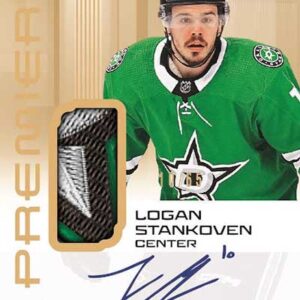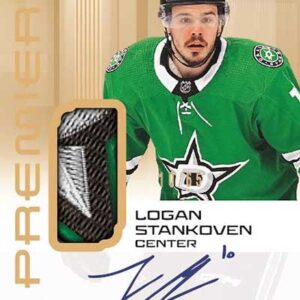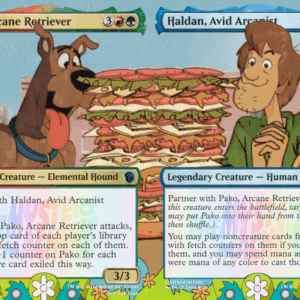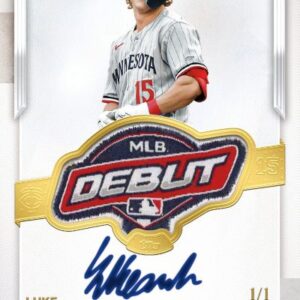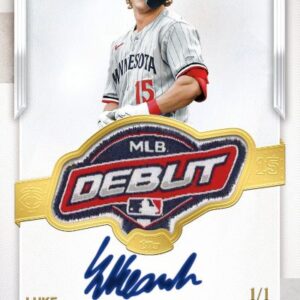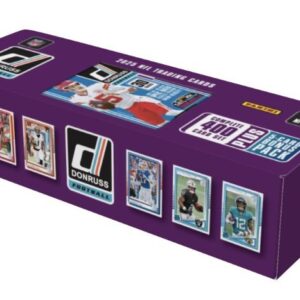Picture this: a diverse group of people lined up outside a big-box store on a seemingly ordinary Friday morning, eyes locked on the prize. No, they’re not longing for the latest tech gadget or seasonal sale; they’re vying for freshly minted Pokémon Trading Card Game (TCG) stock. The quest is a mix of nostalgia for simpler times and the tantalizing thrill of treasure hunting. But lurking amid this frenetic joy is a specter from the past—a phenomenon reminiscent of the notorious sports card bubble of the 90s. The million-dollar question: Is the Pokémon TCG bubble teetering on the brink of a dramatic burst?
Every Friday has morphed into a showdown scenario where seasoned collectors and opportunistic scalpers unleash their competitive spirits to grab the latest Pokémon products. These skirmishes are reminiscent of bustling battlefield scenes—sans the cinematic heroics—but filled with credit-card-wielding individuals ready to take whatever arrives on the metallic retail altar. Many of these opportunists couldn’t distinguish a Pikachu from Pokeball if their lives depended on it. They’re speculative sharks, circling the retail waters, gambling on the notion that the value of sealed boxes and packs will leapfrog conventional investment avenues.
But while they play financial roulette, the consequences ripple far beyond their wallets. Young fans, drawn by the allure of their favorite pocket monsters, often find themselves disillusioned and disheartened as store shelves transform into barren wastelands almost instantly. Meanwhile, these coveted goodies resurface online, draped in exorbitant price tags with scalpers relishing their digital reselling kingdom.
Amidst this frenzy, The Pokémon Company finds itself in a precarious balancing act, parading brilliance in sustaining demand, yet teetering towards potential disaster through rampant overprinting. The once-iconic chase for rarity has been rendered futile for many. Sets such as “Evolving Skies,” “Crown Zenith,” and the hyped “Van Gogh Pikachu” promo cards saturate the market, flipping scarcity on its head. With a whopping 40,000 PSA 10 copies for a single promo card, the concept of rarity finds itself in an identity crisis.
For many, this tale rekindles memories of the dizzying 90s sports card bubble—a cautionary tale of epic overproduction. Engulfed by an intoxicating cocktail of demand and hype, manufacturers of yore printed cards by the truckload, not realizing they were crafting a brittle reality for collectors. As the collective eureka moment dawned, thousands of “rare” cards transformed overnight into kinds of glorified coasters. Prices plunged into oblivion, leaving dusty heaps of nostalgia in their wake.
If you listen intently, the present Pokémon market echoes with similar ominous tunes. Wildly speculative buying, sky-high prices born of hype rather than scarcity, and ever-burgeoning PSA populations—these are storm clouds gathering with intent. Can we pinpoint an exact moment for this bubble’s bursting? Unlikely, but signs indicate it’s nearing its saturation limit, with debt-riddled scalpers on the verge of a financial collapse and collectors awakening to the reality of overcooked card production.
Veteran collectors channeling their inner Yoda prescribe a sage mix of moderation and patience. They liken the Pokémon TCG saga to a poignant odyssey of rise and fall, a nostalgic tapestry that weaves lessons of prudence. If history’s rhyme finds resonance—Pokémon’s explosive growth may skid eventually, transitioning into a contraction as rapid and as stark as its ascent.
Yet through the cacophony of speculative madness, there’s a whisper of timeless truth: within the fluctuating dance of manufactured hype and perceived scarcity, lies an irrefutable treasure map guiding collectors toward genuine rarity and intrinsic value—a lesson Pokémon enthusiasts, young and seasoned, would do well to embrace.

